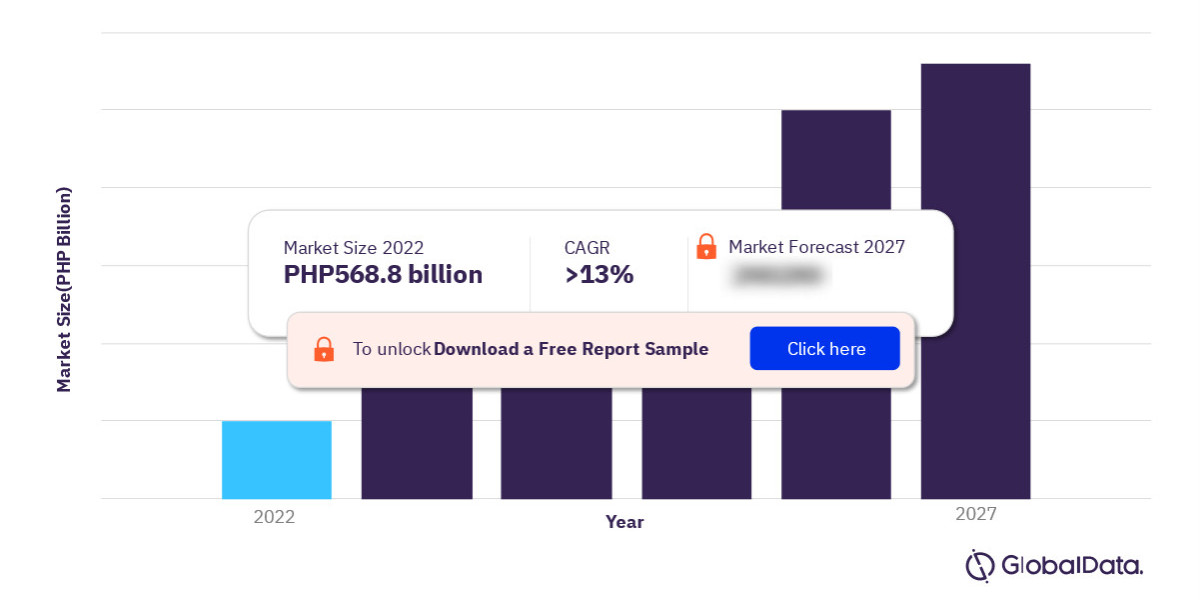Introduction
The Philippines boasts a vibrant and dynamic foodservice industry, characterized by a unique blend of local flavors, global influences, and a growing appetite for dining out. This article delves into the key drivers, trends, and challenges shaping the Philippines foodservice market, highlighting its potential for future growth.
A Nation of Food Lovers
The Philippines has a deep-rooted culture of food, with dining playing a central role in social gatherings and celebrations. This strong food culture has contributed to the thriving foodservice industry, which encompasses a diverse range of establishments, from street vendors to upscale restaurants.
Key Drivers of the Philippine Foodservice Market
Several factors have fueled the growth of the Philippines foodservice market:
- Rising Disposable Income: As the country's economy expands, a growing middle class has increased spending on food and dining out.
- Urbanization: The migration of people to urban areas has led to a surge in demand for convenient and diverse food options.
- Young Population: A large youth demographic with a penchant for trying new cuisines and dining experiences drives market growth.
- Tourism: The increasing number of foreign tourists contributes to the demand for authentic Filipino cuisine and international food options.
- Changing Lifestyles: Busy schedules and the convenience of dining out have led to a rise in foodservice utilization.
Key Segments of the Philippine Foodservice Market
The Philippines foodservice market comprises various segments:
- Quick Service Restaurants (QSRs): Dominated by local chains like Jollibee, QSRs cater to the demand for fast, affordable, and convenient meals.
- Casual Dining Restaurants: Offering a relaxed atmosphere and a wider range of menu options, casual dining establishments are gaining popularity.
- Fine Dining Restaurants: Catering to the high-end market, these restaurants provide upscale culinary experiences.
- Street Food: A quintessential part of Filipino culture, street food vendors offer a diverse range of affordable and delicious options.
- Food Delivery Services: The rise of online platforms has transformed the way people order food, with delivery services becoming increasingly popular.
Challenges Facing the Philippine Foodservice Industry
Despite its growth potential, the Philippine foodservice industry faces several challenges:
- Rising Food Costs: Increasing prices of raw materials impact profit margins.
- Labor Shortages: The industry often faces difficulties in finding qualified staff.
- Competition: Intense competition among various foodservice establishments.
- Health and Safety Concerns: Maintaining high hygiene standards is crucial to protect consumers.
- Economic Fluctuations: Economic downturns can affect consumer spending on food.
Trends Shaping the Philippine Foodservice Market
The Philippines foodservice industry is undergoing significant transformation:
- Health and Wellness Focus: Consumers are increasingly seeking healthier food options, leading to a rise in plant-based and organic offerings.
- Digitalization: The adoption of technology, including online ordering, mobile payments, and delivery platforms, is reshaping the industry.
- Food Delivery Boom: The popularity of food delivery services continues to grow, changing consumer behavior.
- Local and Authentic Cuisine: There is a growing appreciation for Filipino cuisine, driving demand for authentic dining experiences.
- Experiential Dining: Restaurants are focusing on creating unique and immersive dining experiences.
The Future of the Philippine Foodservice Market
The Philippine foodservice market is poised for continued growth, driven by increasing disposable incomes, urbanization, and changing consumer preferences. Key trends to watch include:
- Delivery and Takeout Dominance: The convenience of food delivery will remain a major driver.
- Ghost Kitchens and Cloud Kitchens: These concepts will gain popularity as delivery-only models.
- Technology Integration: Advanced technologies like artificial intelligence and data analytics will be adopted for operational efficiency and customer insights.
- Sustainability Focus: Environmental concerns will drive demand for sustainable practices in the foodservice industry.
Conclusion
The Philippines foodservice market is a dynamic and vibrant sector with immense growth potential. By adapting to changing consumer preferences, embracing technology, and addressing challenges effectively, industry players can capitalize on the opportunities presented by this thriving market.
For more insights on the Philippines foodservice market forecast, download a free sample report


